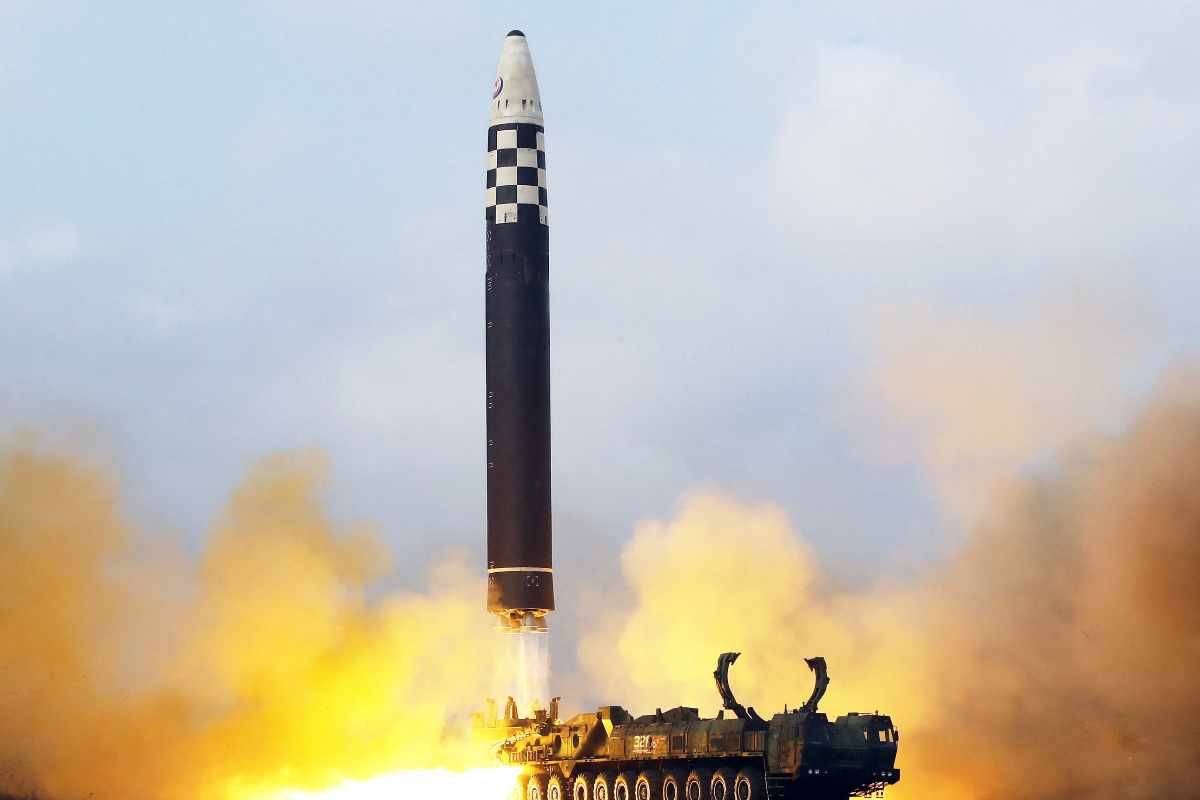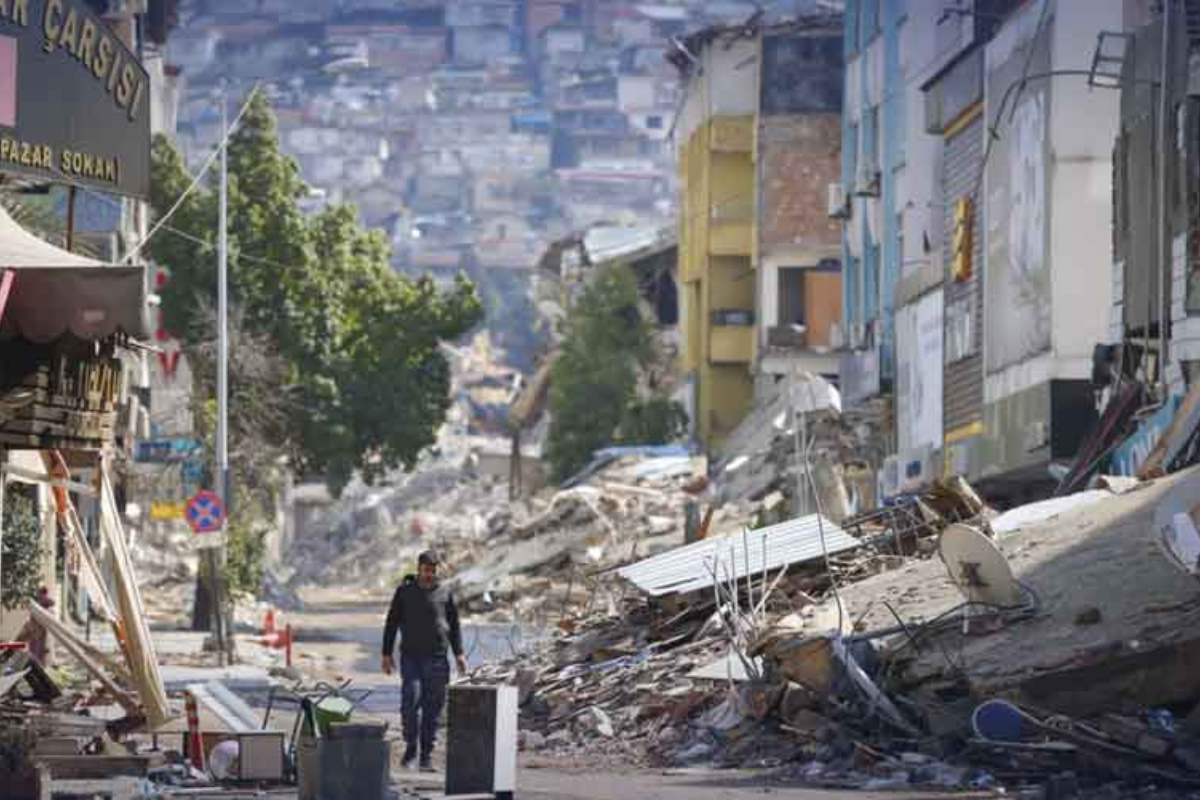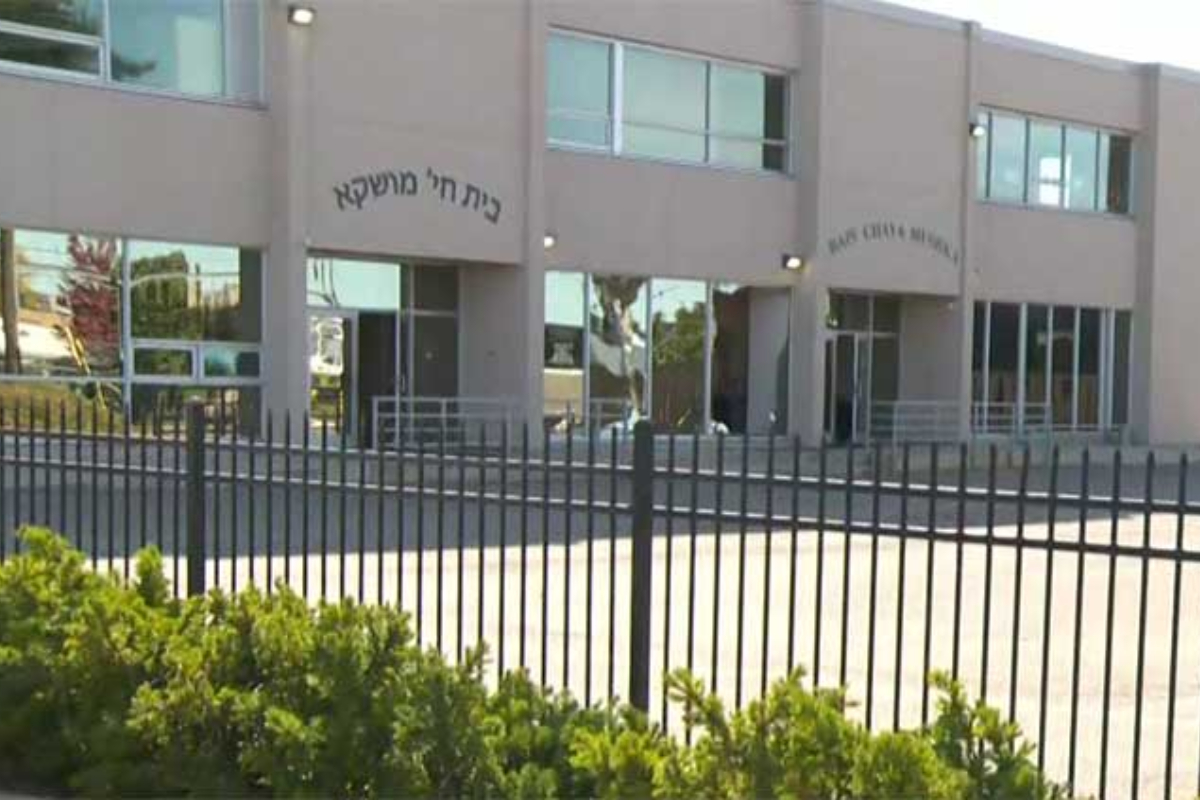- Spy satellites will probably be deployed to keep an eye on South Korea.
- The test results were hailed as “an important success”.
- The missiles were probably a novel kind of liquid-fueled weapon.
Spy satellites will probably be deployed to keep an eye on South Korea, a rival. Kim Jong Un, the leader, is pushing for the creation of more advanced military equipment.
On Monday, North Korea claimed to have successfully launched a test satellite as part of a crucial final-stage test towards the creation of its first spy satellite, a crucial military capacity prized by Kim Jong Un along with other cutting-edge weaponry.
Additionally, the official Korean Central News Agency of the North posted low-resolution, black-and-white images of Seoul and Incheon, a city to the west of Seoul, in an apparent effort to demonstrate the North’s quest to obtain a spying device to keep tabs on its adversary.
According to KCNA, the test satellite’s rocket was launched on Sunday to evaluate the satellite’s photo and data transmission capabilities.
The test results were hailed as “an important success which has gone through the final gateway phase of the launch of reconnaissance satellite” by the nation’s National Aerospace Development Administration. According to KCNA, it stated that it will finish making preparations for its first military surveillance satellite by April of the following year.
Soo Kim, a security analyst at the RAND Corporation in California, stated that based on the photographs that were made public, the resolution did not seem to be very spectacular for military reconnaissance. I should point out, though, that this is definitely a continuing development, so over time, North Korea’s military reconnaissance capabilities might continue to advance.
Authorities from South Korea, Japan, and the United States reported on Sunday that they had observed two ballistic missile launches by North Korea from the country’s Tongchang-ri area in the northwest, which is also the site of the North’s satellite launch facility. They claimed that before touching down in the oceans between the Korean Peninsula and Japan, the two missiles travelled a total distance of 550 kilometres (340 miles), or approximately 500 kilometres (310 miles).
Given that the North’s state media claimed that Sunday’s test utilised both types of cameras, Lee Choon Geun, an honorary research fellow at South Korea’s Science and Technology Policy Institute, concluded that North Korea most likely fired two missiles with different types of cameras — one for black-and-white imagery and video, and the other for colour.
The missiles were probably a novel kind of liquid-fueled weapon that can be employed for both military and civilian purposes, according to Lee’s interpretation of a photo of the launch.
The South Korean and American judgments that North Korea shot the two medium-range ballistic missiles remain unaltered, according to Geon Ha Gyu, a spokesperson for the South Korean Defense Ministry, who spoke to reporters on Monday. He claimed that US and South Korean security agencies were investigating additional information about the launches but he made no further mention of them.
Kim made a list of advanced military equipment he wanted, including spy satellites, during a meeting of the governing party early last year. The list included included multi-warhead missiles, solid-fueled long-range missiles, underwater-launched nuclear missiles, and nuclear-powered submarines. In an apparent reference to sanctions imposed by the United States and military exercises between the United States and South Korea, which North Korea views as a practise for an invasion, Kim has called for such advanced weaponry and a larger nuclear arsenal to put pressure on the United States to change its hostile policies toward North Korea.
Since then, North Korea has started to develop these military systems. North Korea claimed to have tested a camera and data transmission technologies that will be used on a spy satellite in February and March. It tested its Hwasong-17 intercontinental ballistic missile, which has the longest range and is thought to be capable of carrying multiple warheads, in November. An apparent allusion to a solid-fueled ICBM was made last week when North Korea claimed to have tested a “high-thrust solid-fuel motor” for use in a new strategic weapon.
Ankit Panda, an expert at the Carnegie Endowment for International Peace, said that North Korea would likely launch a reconnaissance satellite into orbit on or around April 15, the late Kim Il Sung’s birthday and the founding date of the country. One of the most significant state anniversaries in North Korea occurs on this day.
One of the cameras tested on Sunday, according to North Korea’s state media, has a resolution of 20 metres (65 feet), which, according to expert Lee, is only able to identify relatively large targets like warships at sea and South Korean military installations.
According to Lee, North Korea might be able to stealthily obtain a more sophisticated camera that would allow them to keep an eye on tanks and the movement of American strategic forces toward South Korea. Such a camera, according to him, would significantly improve North Korea’s surveillance capacity.
[embedpost slug=”north-korea-fires-2-ballistic-missiles-in-a-year/”]





















